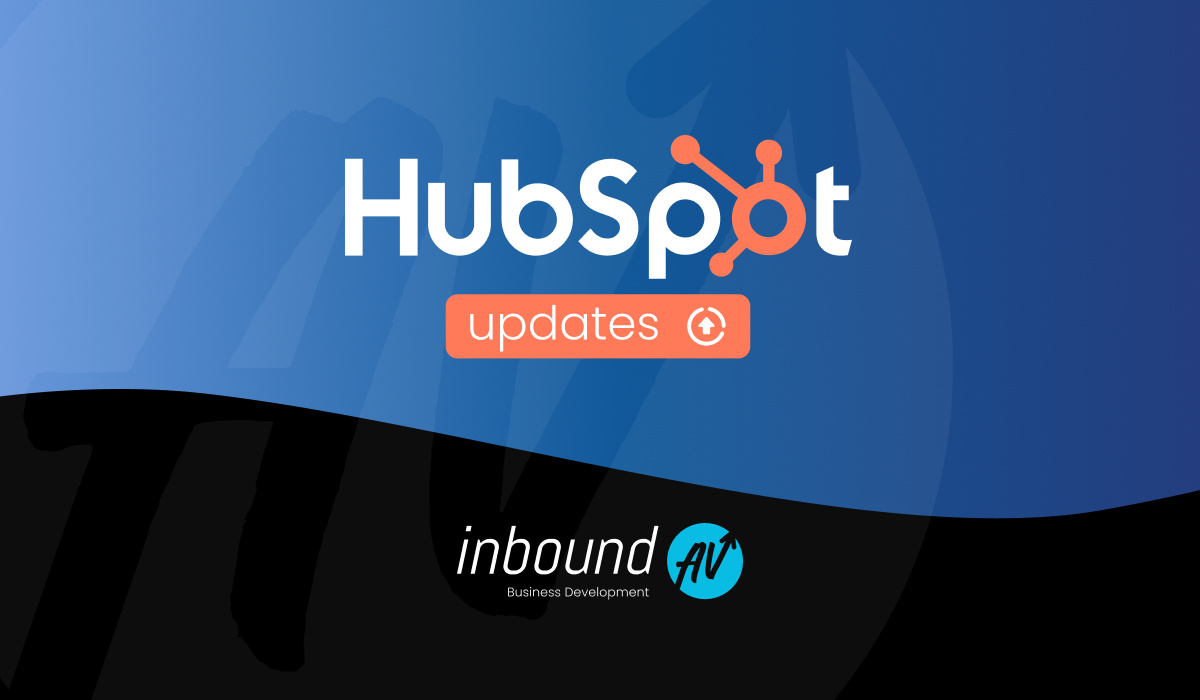If you're a CEO, president, or team lead, you live and die by the quality of your decisions. But here’s the catch: decisions are only as good as the information behind them.
That’s where your CRM comes in. It’s the unifying force for all of your data and daily operations, and, when used correctly, drives business growth and revenue.
Why CRMs Matter at the Top
A CRM is more than a sales tool. It’s the place where marketing, sales, and service connect. Done right, it creates alignment across the business and provides a single source of truth for growth.
When business leaders don’t have visibility into the CRM, a few things happen:
- Data silos – Different teams operate with conflicting information.
- Inconsistent reporting – Metrics vary depending on who you ask.
- Missed opportunities – Early signals from customers and prospects get lost in the noise.
The result? A leadership team making decisions on incomplete or outdated data.
Delegation vs. Understanding
Now, I’m not saying every CEO should be in the weeds building workflows or updating contacts. However, there’s a significant difference between managing the CRM and truly understanding it.
As a business leader, understanding looks like this:
- You can interpret pipeline reports and know if they reflect reality.
- You’re familiar with how data is entered, updated, and maintained.
- You’ve seen how workflows automate tasks and reduce inefficiencies.
- You can spot when your teams are working around the system instead of with it.
This is about owning your growth engine, not micromanaging.
The Benefits of CRM Alignment
When a CRM is properly set up and adopted across the organization, the benefits are significant:
- Better forecasting – You get an accurate view of pipeline health and revenue trends.
- Improved customer experience – When marketing, sales, and service are working from the same data, customers often get a consistent experience.
- Efficiency at scale – Automated workflows handle repetitive tasks. This frees your team to focus on strategy and relationship-building.
- Stronger collaboration – Everyone has access to the same source of truth, breaking down silos between departments.
This is why CEOs and other leaders can’t afford to ignore the CRM. It’s a pivotal tool for your business strategy.
(For more on this, check out our blog: Successful CRM Implementation Tips to Boost Sales Performance)
Where to Start if You’re Behind
If you’re a business leader who feels like the CRM lives in a silo, here are a few steps to start building understanding:
- Schedule a walkthrough with your sales and marketing leads or your CRM support agency. Explore the system in action.
- Ask for a pipeline health report. Does it align with what you observe in real conversations?
- Challenge yourself to identify one broken process that could be improved with automation.
Start small and build momentum. The more you understand, the more confidence you’ll have in your data and your decisions.
The Competitive Advantage
Many business leaders don’t take the time to understand their CRM. They treat it as a backend system managed by someone else.
That’s your opening.
A leader who gets the CRM has better visibility, stronger alignment across teams, and a faster path to scaling growth.
In an environment where customer expectations and buying cycles are changing fast, that’s not just an advantage — it’s the edge.
Final Word
Your CRM is the most critical system for driving growth. If you understand it, you can align your teams, improve your customer experience, and make smarter decisions.
If you don’t, you’re guessing. So lean in. Ask questions. Learn how your CRM works. Because the future of your business depends on it.
(Also worth reading: CRM Training: The Key to Meeting Sales Goals)





.png)
